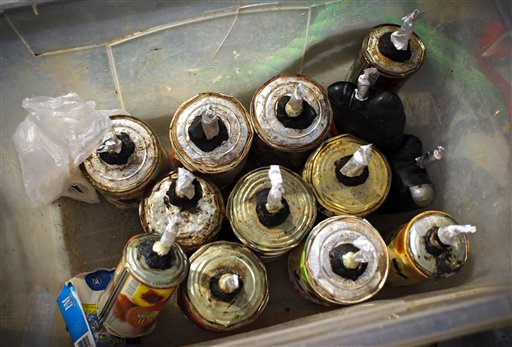
Despite being illegal virtually everywhere, blast fishing continues to impact local fishing industries and marine ecosystems worldwide. The practice, which involves using explosives like dynamite to kill a large number of fish for quick profits, is thriving in Sri Lanka, causing significant damage to ocean life and the legal fishing industry. Fisherman Wilson Perera from a small village in northern Sri Lanka describes how everything within a 100-meter radius of the blast is destroyed, including coral reefs, marine plants, and animals. This destructive method has led to a steep decline in fish availability for local fishermen who use traditional fishing methods.
Blast fishing appeals to many due to its financial benefits. A dynamite blast can yield up to 2,200 pounds of fish, while fishing from a motorboat usually brings in around 100 pounds per trip. However, the practice is not only wasteful but also detrimental to marine life. Over half of the fish killed in a dynamite blast are left behind as illegal fishers hurriedly collect what they can before facing consequences. Augustine Sosai, a retired academic from the University of Jaffna, mentions that dead fish can wash ashore even days after the blast, and endangered species like dolphins and turtles are often found dead as well.
The problem of blast fishing extends beyond Sri Lanka, with countries like Hong Kong, Malaysia, and the Philippines recording 850,000 instances of blast fishing between 2006 and 2016. Places such as Lebanon and Tanzania have also expressed concerns about this destructive practice. In Peru, artisanal fishermen have taken action by patrolling fishing ports at night to deter blast fishers, but they often face challenges. Renato Gozzer, a fishing specialist, highlights the weak control measures implemented by the government, particularly in coastal fisheries.
In Tanzania, locals are combating the destruction caused by blast fishing and climate change by using special-designed concrete and limestone spheres. These spheres create a base for reefs to naturally regrow. Steve Atwell from the Mwambao Coastal Community Initiative explains that their efforts have involved submerging over 60 spheres, with plans for more in the future. The community recognizes the importance of their actions and believes it benefits everyone. It’s worth noting that the demand for vibrant fish tanks also contributes to the strain on reefs.
Denial of responsibility! Vigour Times is an automatic aggregator of Global media. In each content, the hyperlink to the primary source is specified. All trademarks belong to their rightful owners, and all materials to their authors. For any complaint, please reach us at – [email protected]. We will take necessary action within 24 hours.


